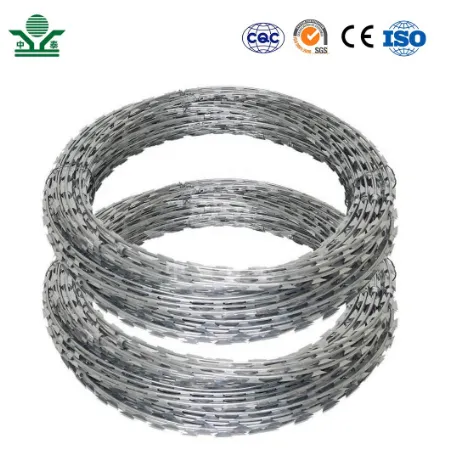Sound Reducing Barriers An Effective Solution for Urban Noise Pollution
In today's fast-paced urban environments, noise pollution has become a significant concern affecting the quality of life for many residents. From the incessant sounds of traffic to construction noise and even the daily activities of communities, the auditory stressors can lead to various health issues such as anxiety, sleep disorders, and cardiovascular problems. One effective solution that has emerged to combat this escalating issue is the implementation of sound reducing barriers.
Sound reducing barriers, commonly known as noise barriers, are architectural structures designed to block or absorb sound waves, thus minimizing noise pollution in residential and commercial areas. These barriers can be constructed from various materials, including concrete, wood, or specialized acoustic panels. Their effectiveness largely depends on their design, height, and placement, as well as the type of noise they aim to mitigate.
The primary purpose of sound reducing barriers is to provide a shield between noise sources—such as highways, railways, and busy urban centers—and nearby neighborhoods. By erecting these barriers, cities can significantly lower the amount of sound that reaches residential areas, creating a more serene living environment. Studies have shown that noise barriers can reduce sound levels by as much as 10 to 20 decibels, which can mean the difference between an annoying disturbance and a tolerable background hum.
In addition to their noise-reducing capabilities, these barriers can also serve aesthetic purposes. Urban planners are increasingly recognizing the dual functionality of sound barriers as both noise mitigators and visual enhancements. Many modern noise barriers incorporate green walls or vertical gardens, which not only improve their appearance but also contribute to environmental sustainability by enhancing biodiversity and improving air quality.
sound reducing barriers

Moreover, sound reducing barriers are not limited to urban areas; they can be effectively employed in industrial settings as well
. Factories and production facilities often generate significant noise, impacting both workers and nearby residents. By implementing noise barriers in these environments, companies can ensure compliance with local noise regulations while creating a safer and more productive work atmosphere.The installation of sound reducing barriers can come with its challenges and costs. The initial financial outlay for materials and construction may be substantial, and ongoing maintenance is necessary to ensure their effectiveness over time. Additionally, local regulations and site-specific conditions, such as zoning laws and geographical features, must be considered during the planning phase. Despite these challenges, the long-term benefits of noise reduction—improved health, increased property values, and enhanced community wellbeing—often outweigh the initial investment.
Communities and municipalities that prioritize sound reducing barriers can also benefit from increased public support and engagement. Residents often express their appreciation for efforts to improve their quality of life, leading to stronger community ties and a shared sense of responsibility for maintaining a peaceful environment. As urban areas become increasingly dense and the demand for housing rises, focusing on noise management through sound reducing barriers can be a crucial part of sustainable urban planning.
As we navigate the complexities of modern urban life, the importance of combating noise pollution cannot be ignored. Sound reducing barriers represent a viable and beneficial solution that addresses the pressing need for quieter, more livable spaces. Through careful design and strategic implementation, these barriers can enhance the urban landscape, promote health and well-being, and ultimately create a more harmonious coexistence between humans and their environment.
In conclusion, sound reducing barriers are a powerful tool in the fight against noise pollution. By investing in these structures, we not only protect the auditory health of our communities but also foster environments that nurture peace, tranquility, and well-being. As cities continue to grow, the adoption of innovative noise reduction strategies will become increasingly critical for ensuring a high quality of life in urban settings.
-
Why Galvanized Trench Cover Steel Grating Resists Corrosion
NewsJul.10,2025
-
The Versatility and Strength of Stainless Expanded Metal Mesh
NewsJul.10,2025
-
Load Calculations in Steel Grating Platforms
NewsJul.10,2025
-
Keeping Pets and Kids Safe with Chicken Wire Deck Railing
NewsJul.10,2025
-
Hole Diameter and Pitch for Round Perforated Metal Sheets
NewsJul.10,2025
-
Aluminium Diamond Mesh in Modern Architecture
NewsJul.10,2025
Subscribe now!
Stay up to date with the latest on Fry Steeland industry news.

